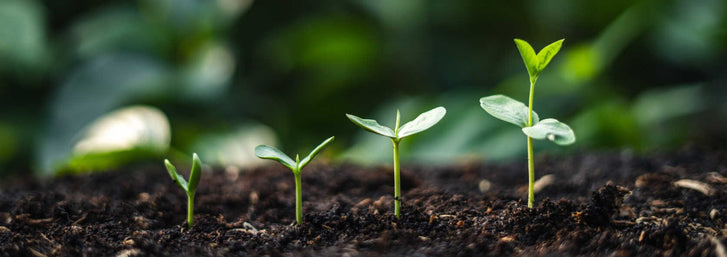
Kat Jones

Wheatgrass juice has the great ability to detoxify the body almost immediately after beginning to drink it on a daily basis. For this reason, caution should be used in the amount taken the first few days and weeks. As the body begins to eliminate toxins, old drug deposits, poisons, the body feels like it is experiencing the flu. There are headaches, muscle aches, fatigue, etc. depending on the toxicity of the body. This usually lasts about a week. The second week is when the body begins to feel a little better. After the detox, the chlorophyll in the grass juice begins to build and refine the tissues. Ann Wigmore recommends the following to help through the detoxification process:
1) Begin with only 1 ounce of juice per day. Take juice 1 hour before meals and at least 2 hours after.
2) If detox symptoms are not happening after about a week, increase the amount of juice taken gradually over a period of time.
3) Most people who max out at 2 to 3 ounces a day find this to be very energizing.
4) People who are extremely ill and begin wheatgrass should do it under the direction of a health practitioner.
5) After several weeks or months on the juice and a change in diet, the body will begin to heal present and past illnesses (that were suppressed) Dr. Bernard Jensen (quoting from Herring's Law) says that the body heals from the top down and from the inside out, and backwards in the order of whatever was wrong last. Healing reactions are similar to the actual illness but are usually not as intense and do not last as long.
Leave a comment
Your email address will not be published. Required fields are marked *
1 comments
Xamantha
Can good, high quality, organic powdered wheatgrass have the same positive results?
Further Reading

Reviewing the Aquatree Garden: A True Leaf Market Experience
Coming Soon!

Ashleigh Smith
2024-04-221 min read0
Parasitoid Wasps: A Beneficial Insect in the Garden
Written By Lara Wadsworth There are estimated to be around one million different species of parasitic wasps worldwide. In fact, most wasps are parasitic, which means they live on or in a host at the host's expense. For common garden pests like aphids, ...

Ashleigh Smith
2024-04-226 min read0
Succession Planting: The Key to a Continual Harvest
Coming Soon!

Ashleigh Smith
2024-04-221 min read0
10 Natives of the Southwest USA for Pest Control
Written By Lara Wadsworth The Southwestern United States is a region incredibly unique to the rest of the country. The hot, dry weather can be challenging for plants and animals to thrive without additional help. That is why gardening with natives can ...

Ashleigh Smith
2024-04-157 min read0



